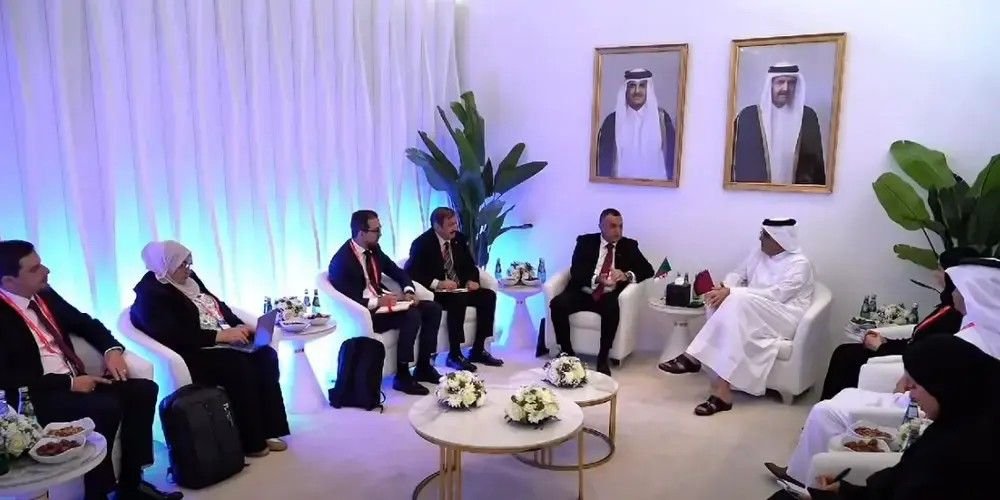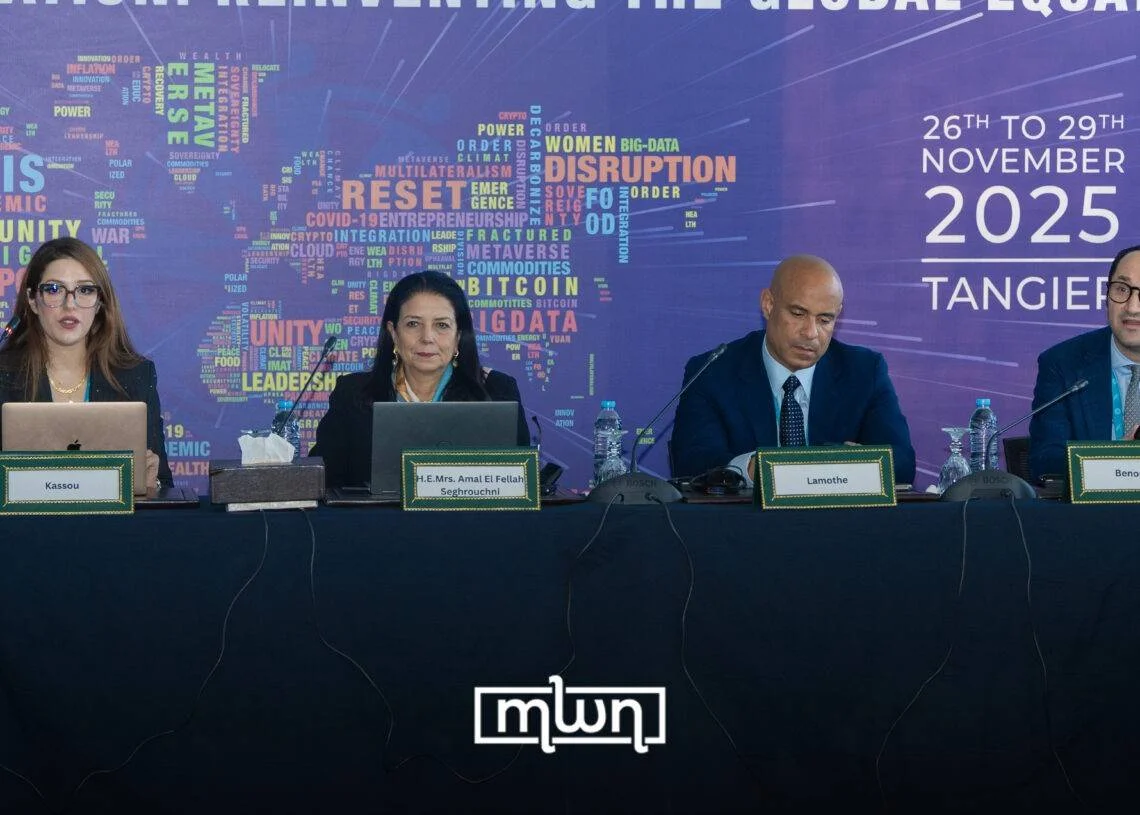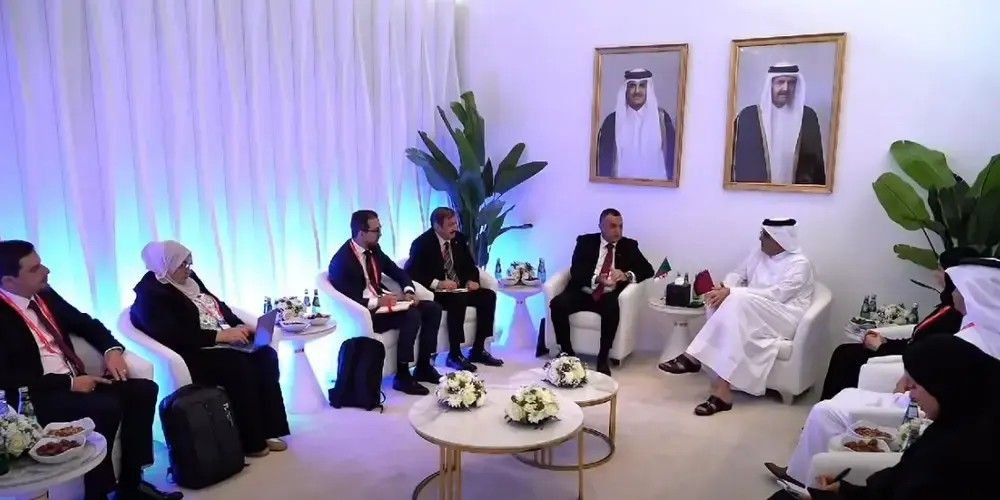According to the International Data Corporation’s (IDC) Worldwide Quarterly Mobile Phone Tracker, Bangladesh’s mobile phone market shipped 4 million units in 1Q24, marking a modest 1.7% year-over-year (YoY) growth after a strong performance in 4Q23. The smartphone segment shipped 1.8 million units, achieving an 11.6% growth after six quarters of YoY decline. This recovery began in 3Q23, following a challenging 1H23 impacted by heavy taxation due to an IMF bailout, which had caused a 39.4% decline in YoY shipments.
Feature phones, which accounted for 53.9% of shipments, saw a 5.4% decline as higher taxes reduced disposable incomes, leading consumers to prioritize essential expenses.
Anjney Bhardwaj, Senior Market Analyst for Mobile Phones at IDC India, commented, “With the start of Ramadan at the end of March and the festive season of Eid in the second quarter, combined with attractive financing schemes, festive offers, and price discounts, smartphone shipments for 2Q24 are expected to witness strong double-digit growth YoY before a seasonal slowdown in 2H24, leading to low single-digit growth for 2024.”
The average selling price (ASP) for smartphones rose by 3.9% to $128 in 1Q24, after six consecutive quarters of decline.
Key market segments saw varying trends:
- The entry-level segment (sub-$100) declined by 6% YoY, capturing a 33% share, down from 39% a year ago. Transsion led this segment with its itel and Tecno brands, followed by Symphony.
- The mass budget segment ($100-$200) grew by 18% YoY, reaching a 59% share from 56% a year ago. The top three companies—Xiaomi, Transsion, and realme—made up 58% of this segment. Xiaomi’s factory reopening in 2Q23 led to significant growth, replacing OPPO in the third position.
- The entry-premium segment ($200-$400) grew by 63% YoY to a 6% share, with Xiaomi, Transsion, and OPPO holding nearly 78% of this market.
- The mid-premium sector ($400-$600) held a 1.4% share, with vivo leading with a 95% share.
Despite current infrastructure and connectivity challenges, 5G smartphone shipments accounted for only 3.4% of the total. To expand 5G connectivity, the Bangladeshi government has initiated two major steps: a consolidated 5G license for top telco players to share infrastructural resources, and the enactment of the Agency to Innovate (a2i) Bill in July 2023 to support 5G development. However, 5G smartphone shipments are expected to grow slowly due to the relatively better specs and lower cost of 4G smartphones.
Offline channels continue to dominate, with eTailers holding less than 1% share. Anjney Bhardwaj noted, “The consumer’s hands-on experience mindset, availability of a wide range of products, and discounts in retail stores are significant challenges for eTailer platforms. However, after five consecutive declining quarters, the online channel saw a 74% YoY growth in 1Q24, driven mainly by Daraz’s portfolio expansion with leading vendors.”
Transsion led the market for the seventh consecutive quarter, with strong growth from its Tecno brand, accounting for 44% of its total shipment. Xiaomi experienced triple-digit YoY growth since reopening its plant in April 2023, driven by demand for models like Redmi 12, Redmi 13C, and Redmi Note 13 series. In the feature phone segment, Nokia (HMD) entered the market in 1Q24 and achieved triple-digit growth with new models like the 105 SS 2023 and 150 2023.















